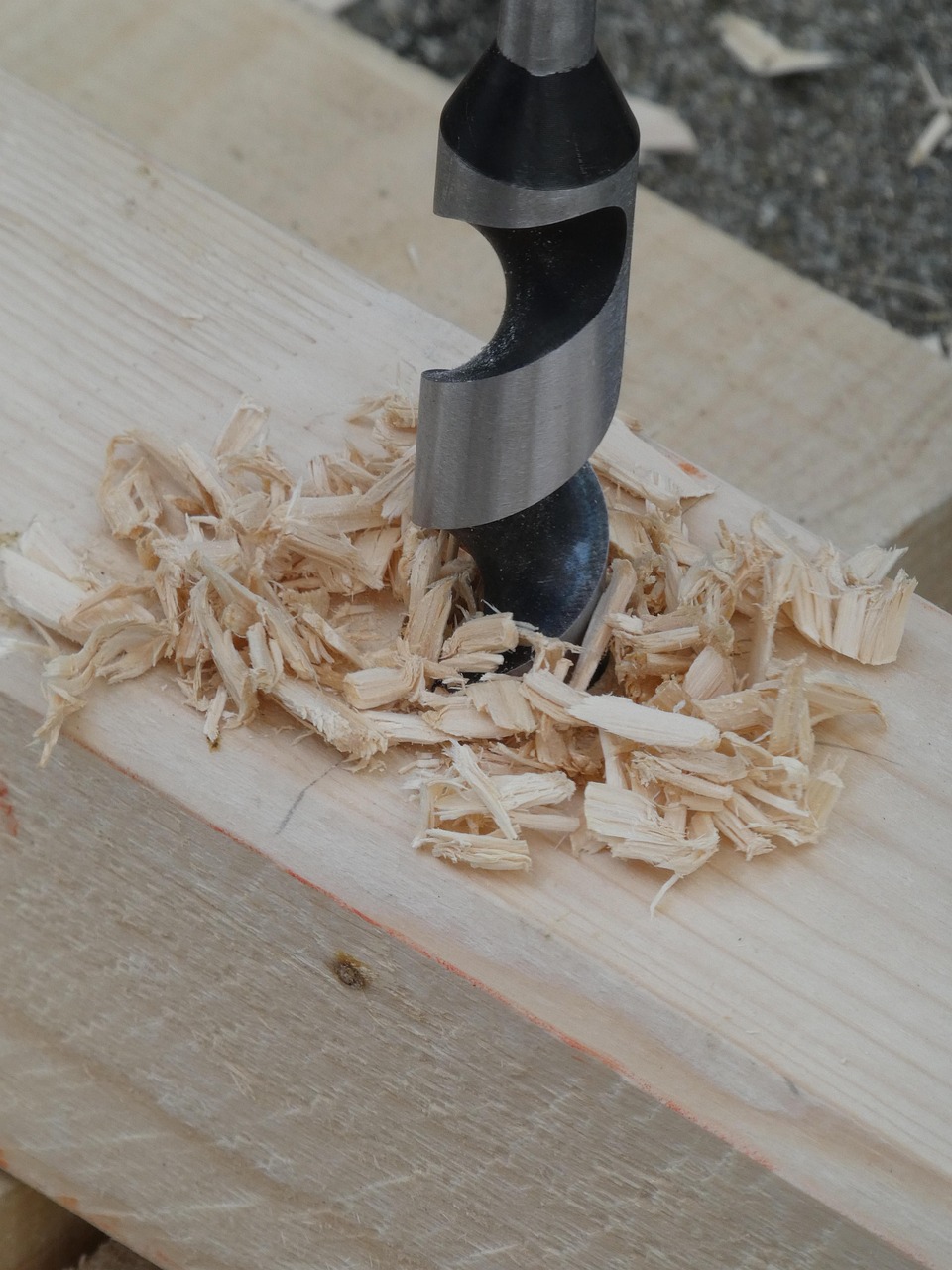Phone:
(701)814-6992
Physical address:
6296 Donnelly Plaza
Ratkeville, Bahamas.

Choosing the correct drill bit is essential for safety, efficiency, and precision. Here’s a breakdown of how to choose the right one based on material and function:
1. Understand Your Material
2. Match the Drill Bit Type to Your Tool
Make sure the shank of your bit fits your drill chuck (e.g., hex shank for quick-change drills). Also, for hammer drills or rotary hammers, make sure you’re using compatible SDS bits.
3. Consider Coatings
Coatings can improve performance:
4. Size and Length Matters
Choose the right diameter and length for your application. For deep holes, use extended-length bits. Always start with a pilot hole for accuracy in critical tasks.
5. Application-Specific Bits
There are specialty bits for step drilling, countersinking, hole saw cutting, and multi-material tasks. Don’t assume one bit fits all.
Using the correct drill bit improves results, protects your tools, and ensures safety during operation.